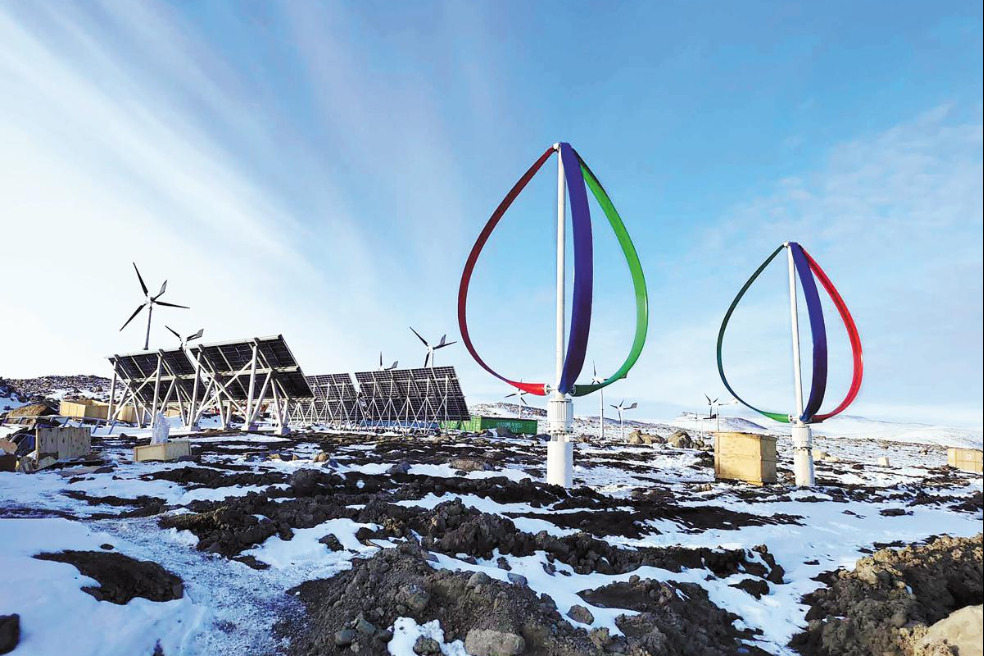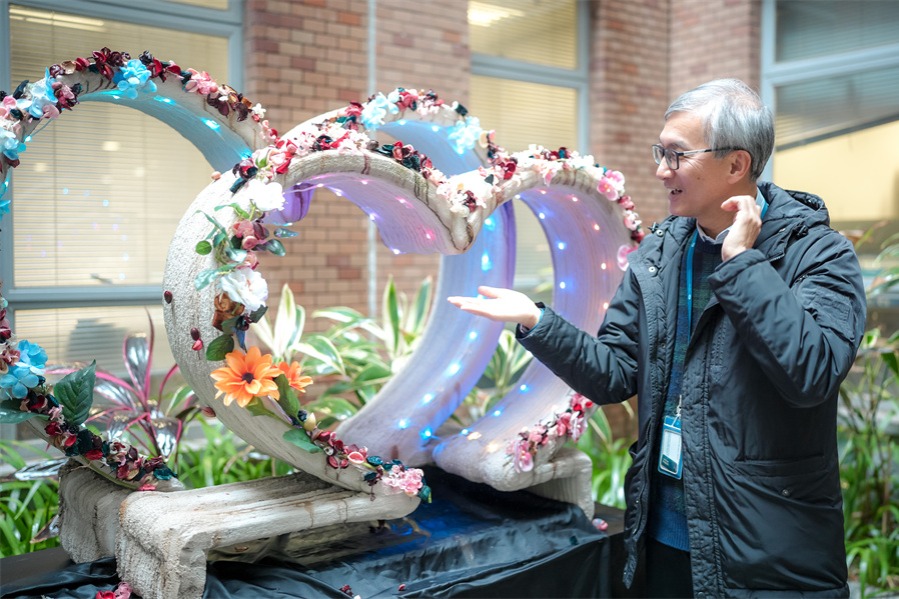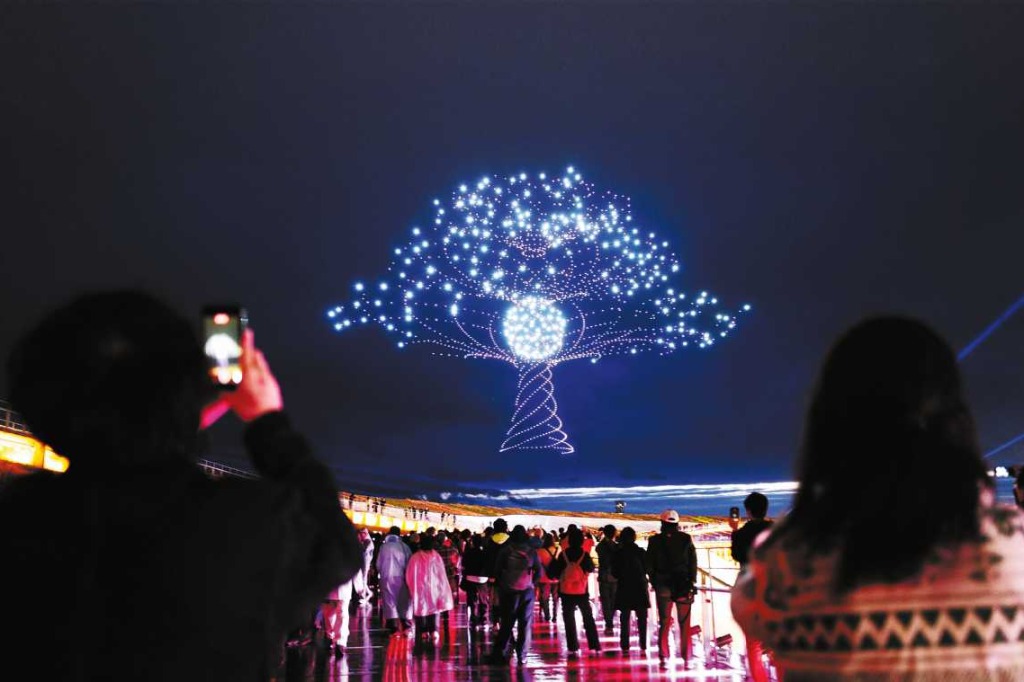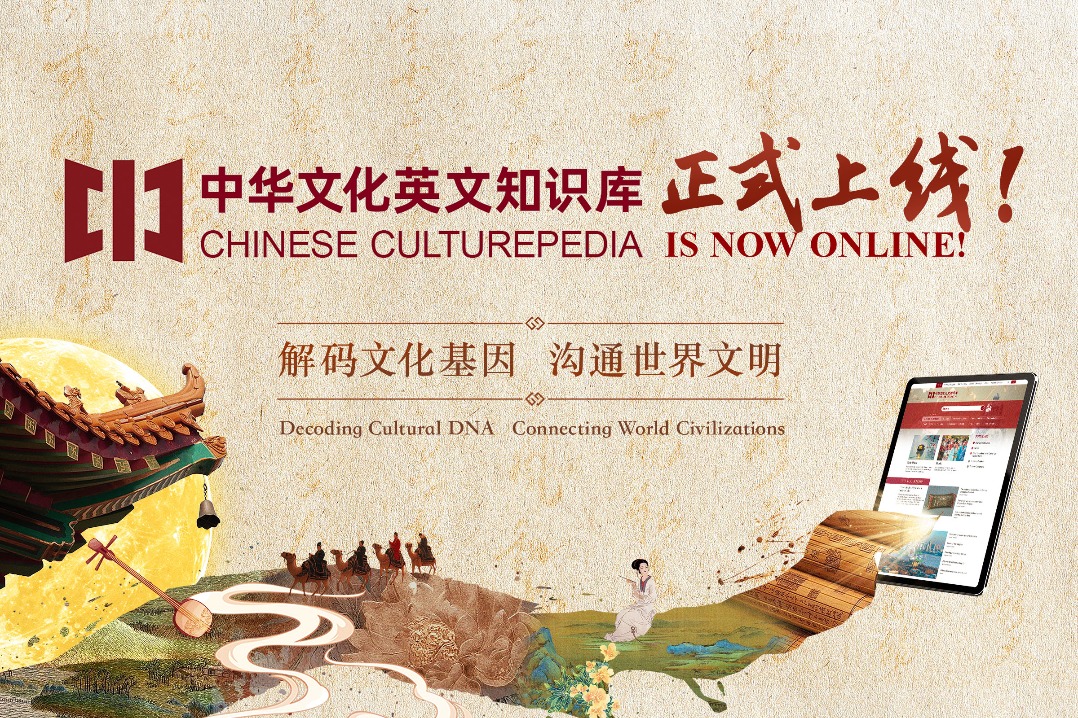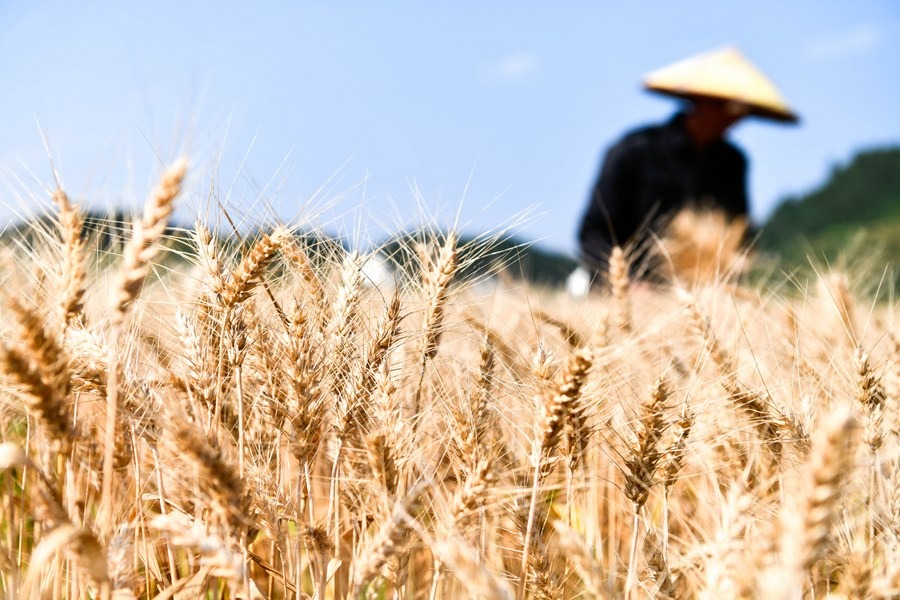Culture in motion takes heritage for a spin


The "Resolution of the Central Committee of the Communist Party of China on Further Deepening Reform Comprehensively to Advance Chinese Modernization" adopted by the third plenary session of the 20th CPC Central Committee called for improving the institutions and mechanisms for promoting the integration of culture and tourism. The resolution's emphasis is not on a superficial blend of culture and tourism but on a deep, organic fusion that enriches both sectors, allowing them to reinforce each other.
The integration is far from a simple alignment; it represents a sophisticated transition from mechanical integration to a more nuanced, philosophy — and value-driven synergy. The implications of this transformation would be profound, creating new ways of cultural preservation and economic development.
Deeper exploration of cultural narratives
Culture is the bedrock of a nation's identity, while tourism is a dynamic force that enriches life with historical and cultural narratives, and the celebration of nature. The directive to "shape tourism through culture" in the report of the 20th National Congress of the CPC is not only about infusing tourism with cultural elements; it is also about imbuing the tourism experience with cultural heritage. This approach allows for a deeper exploration of cultural narratives, enabling tourists to engage with the history, values and traditions that define a nation.
For instance, the tourism industry in Luoyang, Henan province, which has thousands of years of history, has undergone a remarkable transformation. Thanks to the painstaking restoration efforts and scientific conservation methods, the cultural sites, including three UNESCO World Heritage sites, in Luoyang have got a new lease of life and have been attracting an increasing number of tourists, both from home and abroad.
Tourists can now soak in the atmosphere of the traditional attractions, as well as experience thematic light shows, hanfu fashion events and a vibrant night economy in Luoyang, one of the ancient capitals of China. These activities have breathed new life into the city, transforming it into a hub of cultural tourism.
The concept of "highlighting culture through tourism" represents a paradigm shift in the way cultural heritage is preserved and promoted. Traditionally, cultural preservation has been a reactive process, focused on safeguarding heritage sites and artifacts. However, by using tourism as a means to preserve culture, many Chinese cities have been creating new sources of revenue which can fund their conservation efforts. This strategy ensures that cultural heritage is not only protected, but also utilized in a way that keeps it relevant and accessible, and makes it profitable.
Greater appreciation for cultural heritage
The economic potential of cultural heritage is vast, and tourism offers a unique platform to capitalize on this potential. By integrating cultural assets into the tourism economy, heritage sites can generate more revenue, which can be used for maintenance and conservation. Also, this approach fosters greater appreciation for cultural heritage among tourists, some of whom become active participants in the preservation process. This dynamic creates a virtuous circle of tourism enhancing cultural preservation and cultural heritage enriching the tourism experience.
The success of the integration of culture and tourism hinges on striking the right balance between cultural preservation and tourism development. Over the past few years, different regions in China have devised different creative strategies that have yielded positive results. These strategies can be broadly divided into three types.
The first is "innovative localization of cultural heritage". Local governments have played a crucial role in revitalizing cultural tourism by reimagining and modernizing traditional cultural narratives. Luoyang's resurgence as a cultural tourism destination is an apt example of this approach being effective. The city's efforts to create a vibrant cultural landscape include the promotion of local cuisine, development of themed cultural accommodations, and the use of new media to promote tourism. This strategy has not only revitalized the city's tourism industry, but also contributed to the preservation and promotion of its rich cultural heritage.
Second, technology-driven strategy helps integrate technology with tourism. This strategy has been a game-changer, enabling the creation of immersive, interactive cultural experiences that enrich people's lives. The Long March National Cultural Park that covers a few provinces, including Hubei and Sichuan, is a case in point, because digital technology has been used there to recreate historical events so as to allow visitors to relive the experiences of the Red Army during the Long March.
This approach has been highly effective in drawing an increasing number of visitors, particularly younger people, and in highlighting the cultural significance of the historical events. Similarly, the use of digital platforms to promote cultural products, such as the Shudeli series of digital cultural creations released by the Memorial Hall of the First National Congress of the CPC, has helped make cultural heritage sites accessible to more and more people. No wonder it became an instant bestseller as soon as it was launched.
And third, the strategy of balancing heritage preservation and tourism development is aimed, among other things, at overcoming one of the biggest challenges cultural tourism faces: striking the right balance between heritage preservation and the demands of tourism development. The success of cultural performances such as the new-style Yueju Opera production of New Dragon Gate Inn shows how this balance can be achieved. By maintaining the core elements of traditional Yueju Opera while introducing modern, innovative interpretations, the show continues to attract audiences, including new-generation audiences.
This approach not only preserves the cultural integrity of Yueju Opera, but also ensures its cultural relevance in the modern era. Since its trial performances in late March 2023, especially after it gained widespread popularity in October, tickets have become nearly impossible to get, and it has frequently trended on social media. This has significantly contributed to the revival of the centuries-old Yueju Opera, while further fueling the already booming local tourism industry.
Integration depends on policy support
The integration of culture and tourism is not part of just the domestic agenda, but a strategic initiative with broader implications for China's efforts to expand its global cultural influence.
China has been pursuing the goal of becoming a socialist cultural powerhouse and modern civilization, and the synergy between culture and tourism will help the country achieve those objectives. And the integration of culture and tourism is not merely about enhancing the tourism experience; it is about shaping the narrative of Chinese culture in the global arena as well.
By promoting cultural tourism, China can spread its cultural values and heritage worldwide, promoting greater understanding and appreciation for its rich cultural history. This, in turn, will boost China's soft power and strengthen its status as a leading cultural force.
The success of culture-tourism integration will depend on the continued innovation and creativity of local governments, businesses and cultural institutions, as well as the support of national policies that prioritize cultural preservation and tourism development.
As China moves forward in the new era of culture-tourism integration, the success of its endeavor will depend on its ability to meet the changing market demands, embrace new technologies, and stay true to the core values that define Chinese culture. By doing so, China can create a culture-tourism ecosystem that will not only boost high-quality economic development, but also preserve and promote its rich cultural heritage for generations to come.
The author is a professor at the Department of Literature and History Research of the Party School of the CPC Central Committee. The views don't necessarily reflect those of China Daily.
If you have a specific expertise, or would like to share your thought about our stories, then send us your writings at opinion@chinadaily.com.cn, and comment@chinadaily.com.cn.

















